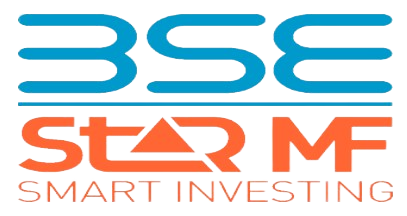A Comprehensive Guide to Tax-Saving Options for Salaried Individuals in India

As the financial year concludes, corporate employees and salaried individuals in India stand at
the junction of tax planning, seeking ways to navigate the intricate tax landscape. Additionally,
employers would be seeking the submission of final income tax proofs. In this guide, we unravel
the various avenues available to empower salaried individuals.




